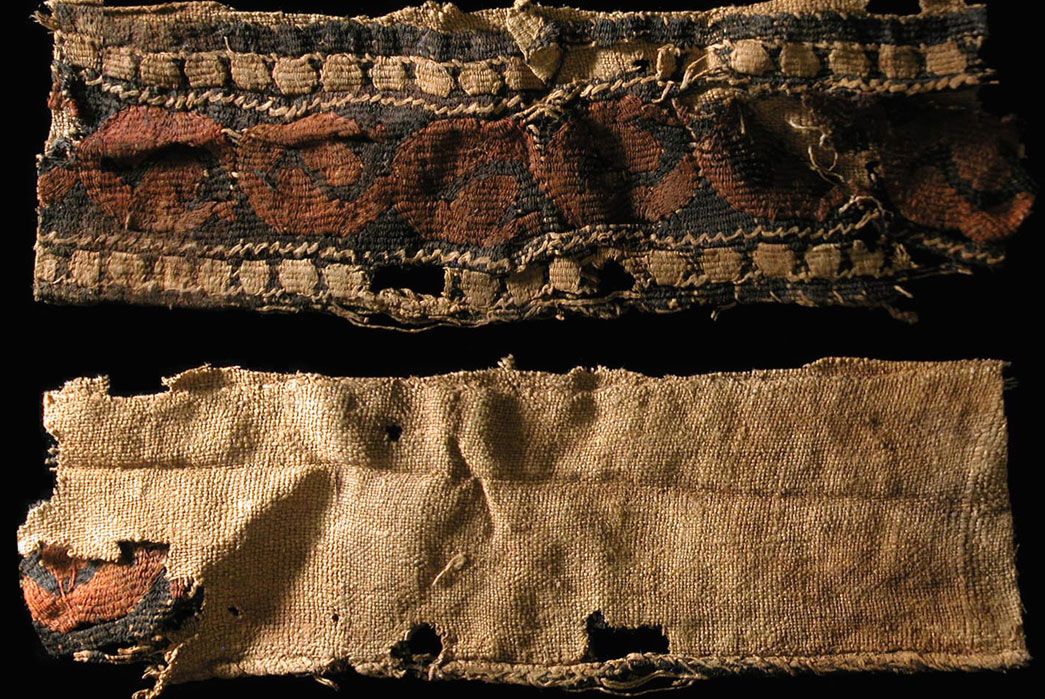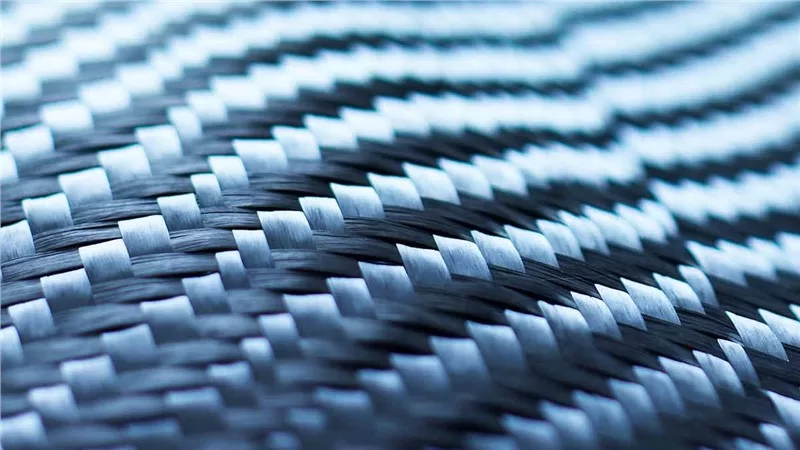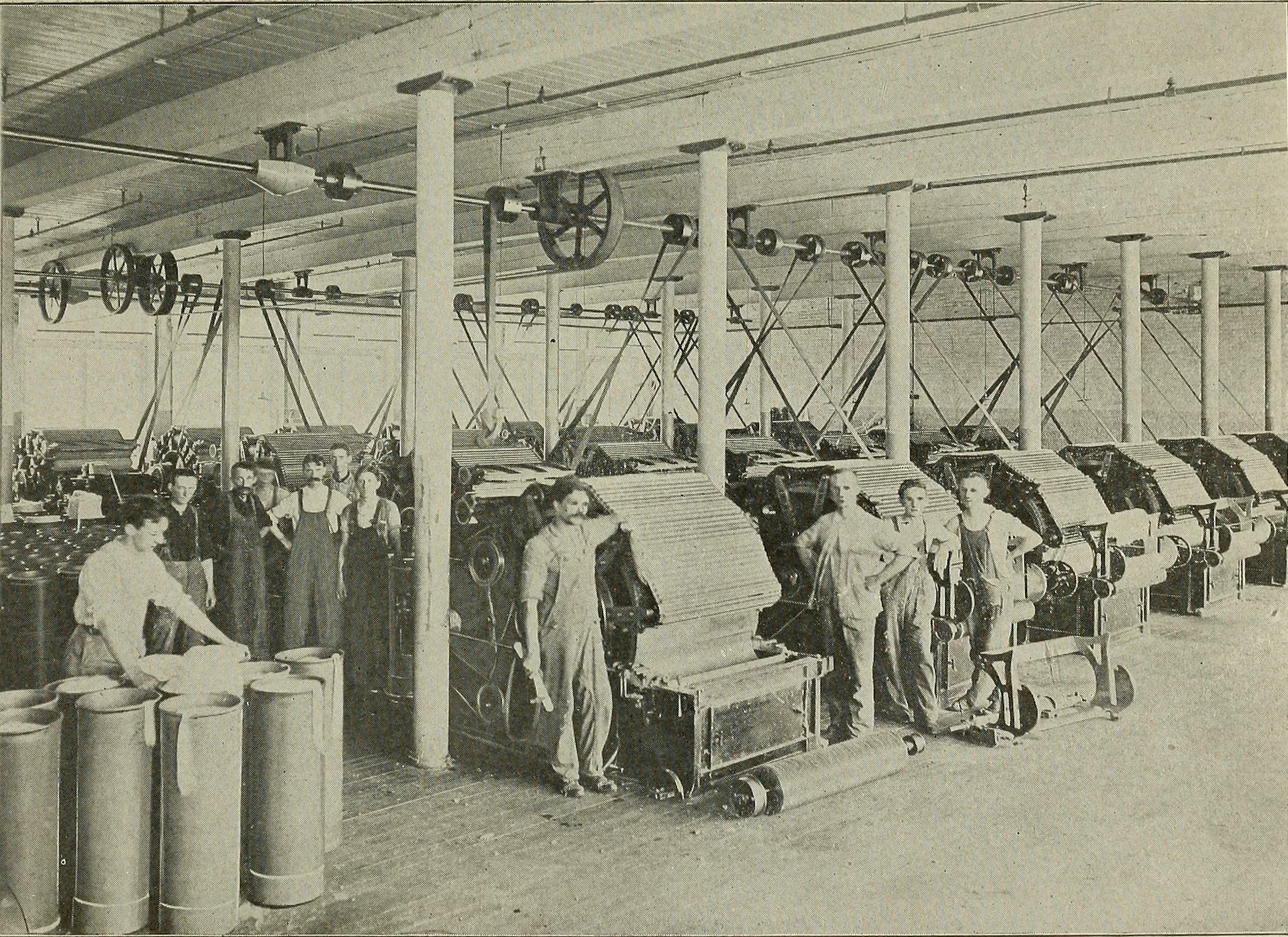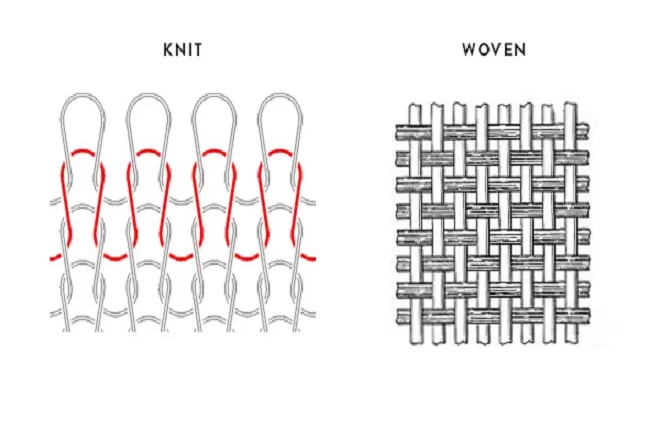Auto Upholstery Fabric
Auto Upholstery FabricAuto Upholstery Fabric
Fabric weaving is the process of creating a fabric by interlacing two sets of threads
Auto Upholstery Vinyl
Auto Upholstery VinylAuto Upholstery Vinyl
Artificial leather, also known as faux leather or synthetic leather,
Car Seats Covers
Car Seats CoversCar Seats Covers
Car seat covers are protective coverings designed to be placed over the seats of a vehicle to protect them from wear and tear,
Knitted Fabrics
Knitted FabricsKnitted Fabrics
Knitted Fabric
 Fabric, the fundamental building block of textiles, is an integral part of our daily lives. It surrounds us in the form of clothing, upholstery, household linens, and countless other applications. This article delves into the fascinating world of fabric, exploring its origins, manufacturing processes, and the diverse range of fabrics available today.
Fabric, the fundamental building block of textiles, is an integral part of our daily lives. It surrounds us in the form of clothing, upholstery, household linens, and countless other applications. This article delves into the fascinating world of fabric, exploring its origins, manufacturing processes, and the diverse range of fabrics available today.
Historical Roots
The history of fabric stretches back thousands of years, originating from the need for humans to cover and protect themselves. Ancient civilizations such as Egypt, Mesopotamia, and China developed early techniques of spinning fibers into threads and weaving them into fabrics. The advent of the Industrial Revolution in the 18th century marked a significant turning point, as mechanization revolutionized fabric production, making it more accessible and affordable.
Fabric Manufacturing Processes
Fabric manufacturing involves a series of processes that transform raw materials into finished textiles. It typically begins with the cultivation or extraction of natural fibers such as cotton, silk, wool, and flax (linen). These fibers undergo cleaning and preparation before being spun into yarns or threads. Yarns are then woven, knitted, or bonded to create fabrics with different structures, textures, and properties.
Types of Fabrics
Fabrics come in a wide array of types, each with its unique characteristics and uses. Here are a few notable examples:
- Cotton: Soft and breathable, cotton is one of the most widely used fabrics worldwide. It is versatile and can be woven into various weights and textures, making it suitable for clothing, bedding, and home textiles.
- Silk: Known for its luxurious feel and lustrous appearance, silk is derived from the cocoons of silkworms. It is highly prized for its natural sheen and drape, often used in high-end fashion, elegant home decor, and delicate accessories.
- Wool: Derived from animal hair, primarily sheep, wool offers excellent insulation and moisture-wicking properties. It is commonly used in cold-weather clothing, blankets, and upholstery due to its warmth and durability.
- Polyester: A synthetic fabric, polyester is known for its durability, wrinkle resistance, and quick-drying properties. It finds extensive use in various applications, including clothing, home furnishings, and industrial textiles.
- Linen: Made from flax fibers, linen is renowned for its coolness, breathability, and natural texture. It is often favored for summer clothing, bed sheets, and tablecloths.
Innovation in Fabric Technology
Advancements in fabric technology have expanded the possibilities of what fabrics can achieve. Innovations such as microfiber fabrics, performance textiles, and technical textiles have revolutionized industries ranging from sports and outdoor gear to healthcare and aerospace.
Microfiber fabrics, made of ultra-fine synthetic fibers, possess exceptional softness, moisture-wicking capabilities, and stain resistance. They are commonly used in activewear, towels, and cleaning cloths.
Performance textiles are engineered fabrics designed to enhance specific properties, such as water repellency, breathability, and UV protection. These fabrics find applications in sportswear, outdoor gear, and protective clothing.
Technical textiles are functional fabrics created for specialized applications, including medical textiles, geotextiles, automotive textiles, and filtration fabrics. They offer unique properties such as antimicrobial coatings, fire resistance, or high tensile strength, catering to specific industrial needs.
Sustainable Fabrics
As environmental consciousness grows, the textile industry is increasingly embracing sustainability. Sustainable fabrics include organic cotton, hemp, bamboo, and recycled polyester, which reduce the ecological impact of fabric production. Additionally, eco-friendly dyeing and printing methods, such as natural dyes and digital printing, minimize water usage and chemical pollution.







